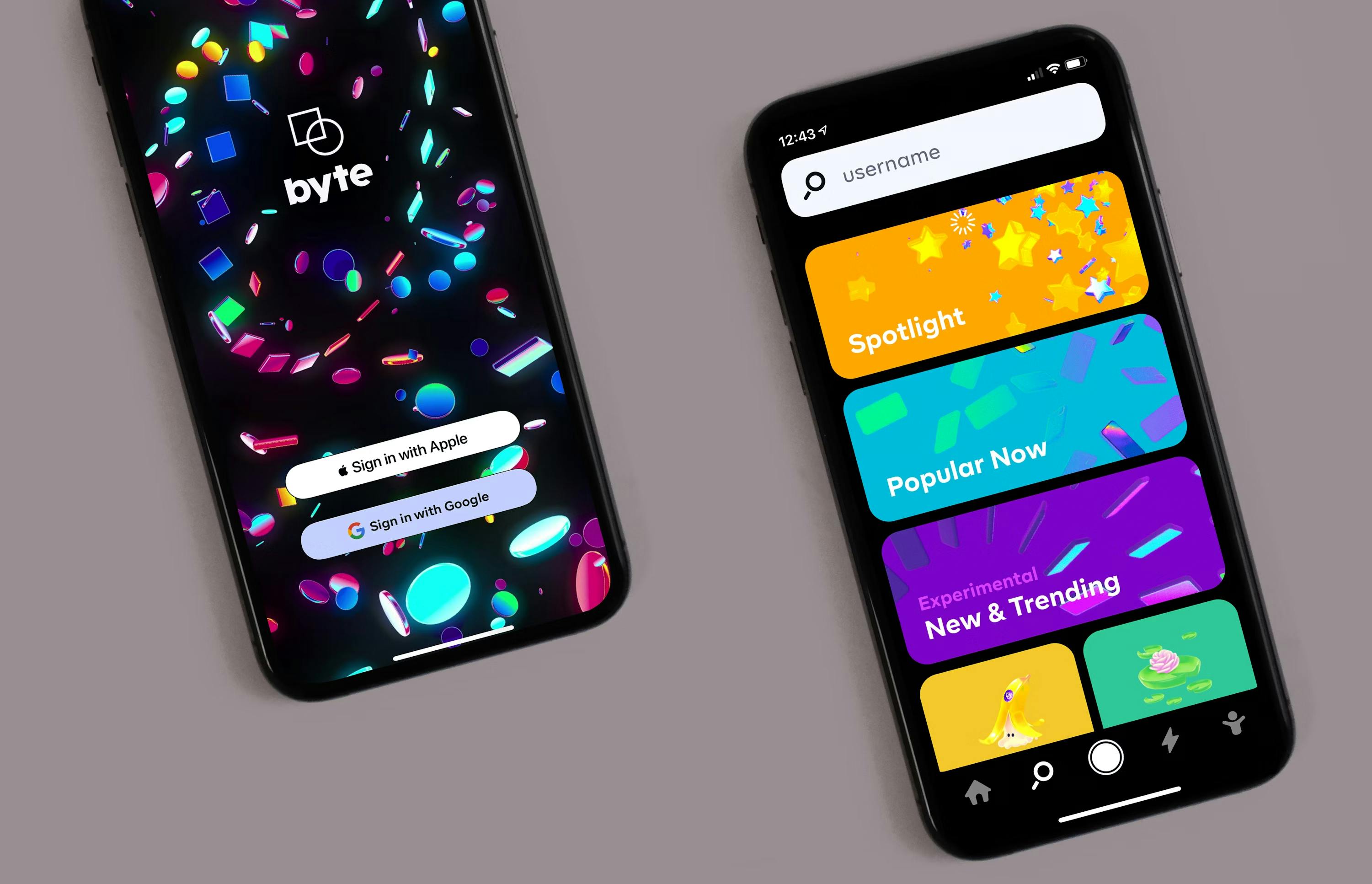10 Hidden Costs of App Development Most Companies Overlook
When planning to develop an app, most businesses focus on the obvious expenses like design, development, and initial launch. However, there are many hidden costs associated with app development that often go unnoticed until later in the process. These unforeseen expenses can quickly add up and exceed your initial budget if not properly accounted for from the start.
In this blog, we’ll explore the 10 hidden costs of app development that most companies overlook, explain why it’s essential to factor these costs into your budget early on, and offer tips on how to avoid being caught off guard.

1. App Store Fees
One of the first hidden costs businesses face comes from publishing their app on the app stores. Both Apple and Google charge developers to list their apps, and these fees aren’t one-time expenses.
Apple App Store Fees
- Annual developer fee: £79 per year.
- Revenue sharing: Apple takes a 30% commission on all in-app purchases and subscriptions made through the App Store. This drops to 15% for businesses earning less than £1 million annually.
Google Play Store Fees
- One-time developer fee: £20 to publish on Google Play.
- Revenue sharing: Like Apple, Google also takes a 30% commission on in-app purchases and subscriptions, reducing to 15% after the first £1 million.
These fees can significantly impact your revenue, especially if your app relies heavily on in-app purchases or subscriptions.

2. App Maintenance and Updates
Many businesses believe that once an app is built and launched, the majority of expenses are behind them. However, ongoing app maintenance and updates are critical to keeping your app functional, secure, and compatible with new operating system updates.
What App Maintenance Involves:
- Bug fixes: Post-launch bugs or glitches need to be identified and corrected.
- OS updates: Every time iOS or Android releases a new version, your app will likely need updates to ensure compatibility.
- Feature enhancements: To keep users engaged, businesses often need to roll out new features or improvements based on user feedback.
Average Maintenance Costs: Businesses typically spend 15–20% of their initial development costs per year on maintenance. Failing to budget for this can result in a poor user experience and an outdated app.
3. Security Features and Compliance
Security is often an afterthought in app development, but it is critical for protecting user data, ensuring compliance with regulations, and avoiding potential legal issues. App security measures come with their own costs, particularly when handling sensitive user information such as payment details, health data, or personal identification.
Hidden Security Costs:
- Data encryption: Implementing encryption protocols to secure sensitive data.
- Two-factor authentication (2FA): Adding multi-layered security for user accounts.
- Compliance with data protection laws: Apps that operate in regions with strict privacy regulations (e.g., GDPR in Europe) must meet certain standards, which can require additional resources.
Failure to invest in security measures could result in breaches that lead to costly legal ramifications and a damaged reputation.
4. Third-Party API and Service Fees
Many modern apps rely on third-party APIs (Application Programming Interfaces) to integrate essential services like payment gateways, geolocation, messaging, or analytics. While these integrations provide valuable functionality, they often come with associated costs, especially as your app scales.
Common API Costs:
- Payment processors (e.g., Stripe, PayPal): Charge transaction fees for handling payments.
- Cloud services (e.g., AWS, Google Cloud): Charge for data storage, computing power, and bandwidth usage.
- Analytics tools (e.g., Google Analytics, Mixpanel): Some tools offer free plans but charge based on the number of users or events tracked.
As your user base grows, so do these API costs. It’s essential to factor these into your long-term budget.
5. Cross-Platform Testing
Testing your app to ensure it works across different platforms, devices, and operating systems can be time-consuming and costly. While many businesses focus on testing during development, ongoing testing is needed to maintain app performance, especially when new devices or OS versions are released.
What Cross-Platform Testing Involves:
- Device fragmentation: Testing across various devices with different screen sizes and resolutions (especially for Android).
- OS compatibility: Ensuring the app works seamlessly across multiple versions of iOS and Android.
The more platforms and devices you support, the higher the testing costs will be.
6. Post-Launch Marketing and User Acquisition
Once your app is live, you’ll need to invest in post-launch marketing to attract users and drive downloads. Many companies overlook the importance of user acquisition, which can be one of the most significant hidden costs after development.
Common Marketing Costs:
- App Store Optimisation (ASO): Improving your app’s visibility in the app store through keywords, descriptions, and visuals.
- Paid advertising: Running ads on platforms like Google Ads, Facebook, or Instagram to attract new users.
- Influencer or affiliate marketing: Partnering with influencers or affiliates to promote your app.
Without an effective marketing strategy, even the best-developed apps may struggle to gain traction.
7. App Store Compliance and Revisions
Both Apple’s App Store and Google Play Store have strict submission guidelines that your app must comply with. Failure to meet these standards can lead to rejections, delays, or the need for costly revisions.
Common Compliance Costs:
- Reworking app features: If your app fails to comply with app store guidelines, developers may need to make revisions, which can add extra costs.
- Re-submission fees: While not common, some platforms may charge fees for re-submitting apps that don’t meet initial criteria.
It’s essential to understand the app store submission process thoroughly to avoid costly delays.
8. Server and Hosting Costs
Apps that rely on a backend to manage data, process requests, or support real-time features will need servers and hosting. Many apps use cloud-based services (e.g., AWS, Azure) to handle these needs, but this comes with ongoing costs that scale with your app’s user base and data usage.
What to Consider:
- Data storage: The more user data your app collects, the higher your storage costs.
- Real-time updates: Apps that provide live data (e.g., news, sports, or stock prices) require more server resources.
- Scalability: As your app grows, you’ll need to scale your server infrastructure to support more users.
It’s important to anticipate these costs from the start and ensure your budget accounts for future scaling.
9. User Support and Customer Service
Providing ongoing customer support is another hidden cost that many companies don’t initially factor into their budget. As your app gains users, you’ll need a support team to handle user inquiries, troubleshoot issues, and respond to feedback.
Common User Support Costs:
- In-app support features: Implementing live chat, chatbots, or help desks to assist users.
- Dedicated support staff: Hiring a team to manage user queries and provide timely responses.
Failing to invest in quality customer support can result in poor user retention and negative reviews, which can harm your app’s success.
10. App Localisation for Global Markets
If you plan to launch your app in multiple regions or countries, localisation is essential to provide a personalised experience for users in different markets. This involves translating content, adapting to local currencies, time zones, and even cultural preferences.
Localisation Costs Include:
- Translation services: Translating app content into different languages.
- Cultural adjustments: Modifying user interfaces, layouts, and user flows to meet local preferences.
- Testing: Ensuring that the localised versions of the app work seamlessly in each region.
Localising an app for multiple regions requires additional resources, so it’s important to plan for these expenses early.
Importance of Factoring in Hidden Costs Early in the Development Process
Failing to account for hidden costs from the outset can lead to budget overruns and delays. To avoid this, it’s crucial to have a comprehensive budget that includes not only the development costs but also the ongoing expenses that will come after launch.
How to Factor in Hidden Costs:
- Work with experienced developers: Experienced developers can help you identify potential hidden costs and plan accordingly.
- Create a long-term budget: Think beyond the launch phase and include costs for maintenance, updates, marketing, and user support.
- Use a phased development approach: Building and launching an MVP (Minimum Viable Product) first can help reduce initial costs while allowing you to gather feedback and gradually expand the app.
How to Budget for These Hidden Expenses
To ensure your app development stays on budget, it’s essential to be proactive about hidden costs. Here are some tips for managing unexpected expenses:
1. Build a Contingency Fund
Allocate an additional 15–20% of your budget for hidden costs. This ensures you’re prepared for any unexpected expenses that arise during or after development.
2. Prioritise Features
Start with an MVP that includes the core features needed for launch. This allows you to get the app into the hands of users more quickly and at a lower cost. Additional features can be added later based on feedback and available budget.
3. Invest in Automation
Automating certain processes, such as testing or customer support (using chatbots), can help reduce ongoing operational costs.
Conclusion: Don’t Overlook the Hidden Costs of App Development
App development is a complex process, and many businesses fall into the trap of underestimating the hidden costs that arise along the way. From ongoing maintenance to third-party API fees and localisation, these expenses can add up quickly if not properly accounted for during the initial planning stages. By understanding the potential hidden costs, you can take proactive steps to budget for them, ensuring your project stays on track both financially and in terms of timeline.
Key Takeaways:
App store fees, ongoing maintenance, and security measures are some of the most common hidden costs of app development.
Factoring these costs into your budget early on helps you avoid costly surprises down the road.
Make sure to allocate a contingency fund for unexpected expenses, and always think long-term when budgeting for app development.
Work with experienced developers who can anticipate these costs and help you manage them effectively.
By being aware of the hidden app development costs and planning for them ahead of time, you can deliver a high-quality app that meets your users' needs without blowing your budget.
For more information or to discuss your project needs, visit Mighty Labs or reach out to our team directly.
Ready to have a conversation?
Book a call with us